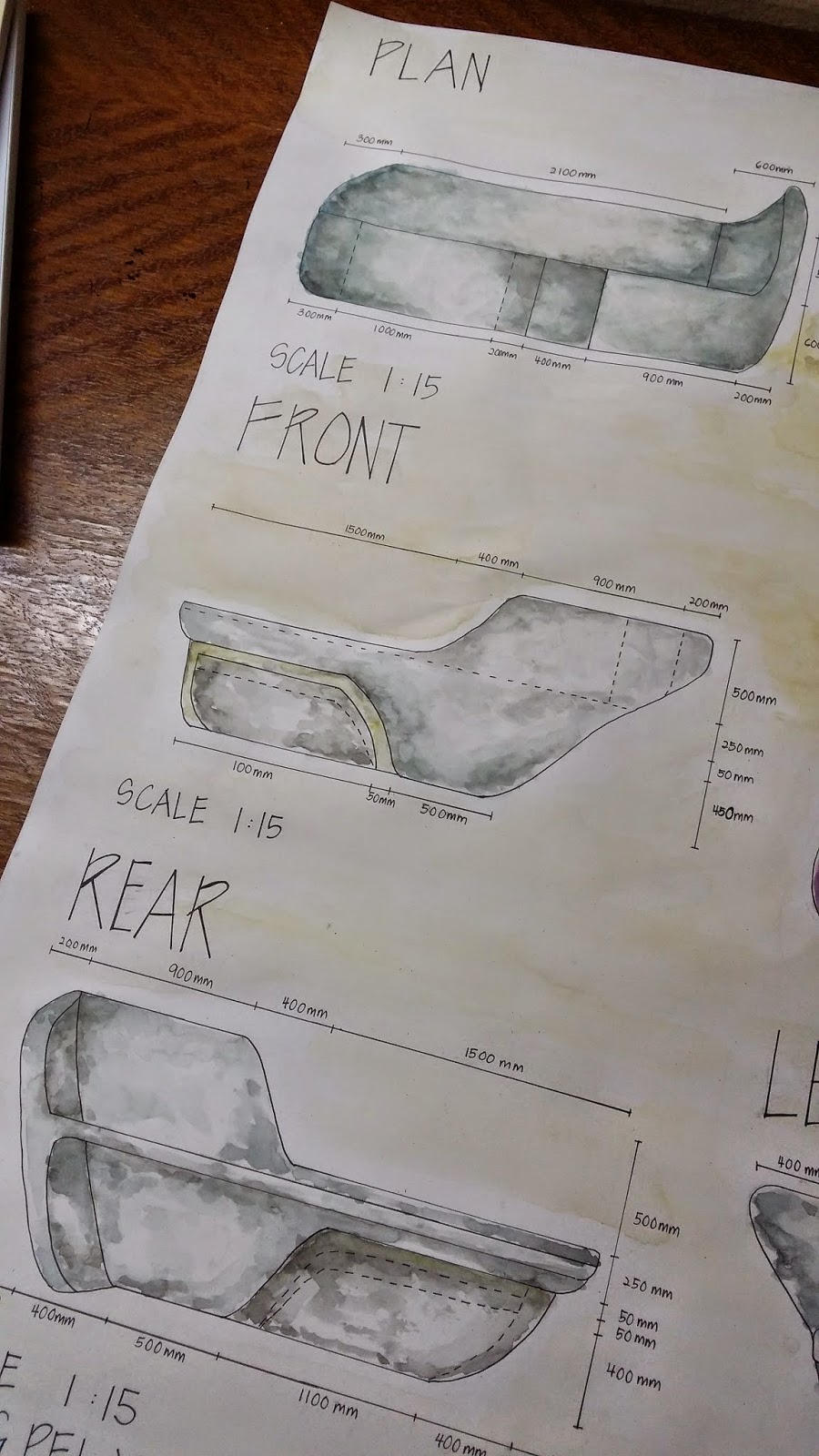A reception table is the first thing that comes into your eyes when you enter a company, gallery, hotel and etc.
 \
\
It could bring out the identity of the company and give a welcoming sense to the visitor.
Therefore, a reception table is very important.
For this task, I chose MoMA (Museum of Modern Art) as my design target.
I like MoMA very much and it would be my greatest pleasure if I could design a reception table for MoMa.
MoMa is an art museum in Midtown Manhattan in New York City. Its collection offers an overview of modern and contemporary art.
This inspired me to design a sculptural reception table that suits MoMa's image.
The reception table was named as 'Ospiral' which means organic shape of spiral.
The design was inspired by an element 'spiral' which is popular in architecture, art and nature.
I could see this element appears in a french curve and nautilus shell.
I transformed them into an organic form and this is how 'Ospiral' is formed.
To make the design more functional, I added a chair which could be hidden below the reception table.
It could be pull out for visitor to have a comfortable conversation with the receptionist.
The material for the chair is polypropylene so that it is light and easy to be pulling in and out.
For the reception table itself, I chose quartz as manufacture material due to its properties like durable, resistant to dirt, extremely hard, scratch-resistant, easy to clean and hygienic.
 \
\





Comments
Post a Comment